Back in 2017, Shin Megami Tensei V, the latest entry in Atlus’s long-running flagship JRPG series, was first announced as a Nintendo Switch exclusive title through a brief teaser trailer. Since then, news had been relatively sparse, with a cinematic hinting at a bit more in terms of story but not much else. Then, during and after E3 2021, both Nintendo and Atlus revealed tons of information and gameplay, from the initial trailer shown in the Nintendo Direct, the Nintendo Treehouse presentation, and Atlus Japan’s official livestream. The latter showcased nearly two hours of the title.
Shin Megami Tensei V seeks to shake up franchise conventions from what we’ve seen in all this new material. From fusions to demon designs, to the battle system, to the overworld, here are some of the changes revealed so far.
Overworld
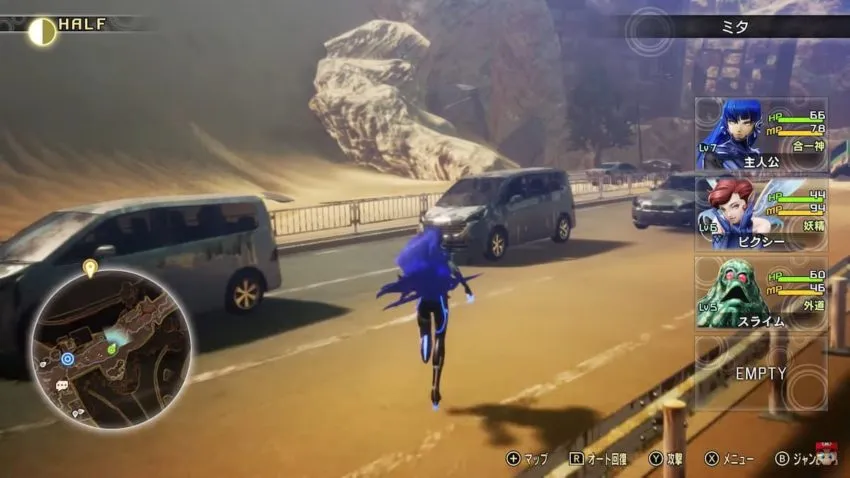
One of the most immediately notable changes to Shin Megami Tensei is that, unlike previous entries in the series, the protagonist moves around freely in the overworld instead of only in dungeons and small environments. As a step up from Shin Megami Tensei IV, demons are completely visible and move around the field just as the protagonist does. Another interesting change is that demon party members follow the protagonist around on the map screen as well.
Battle mechanics
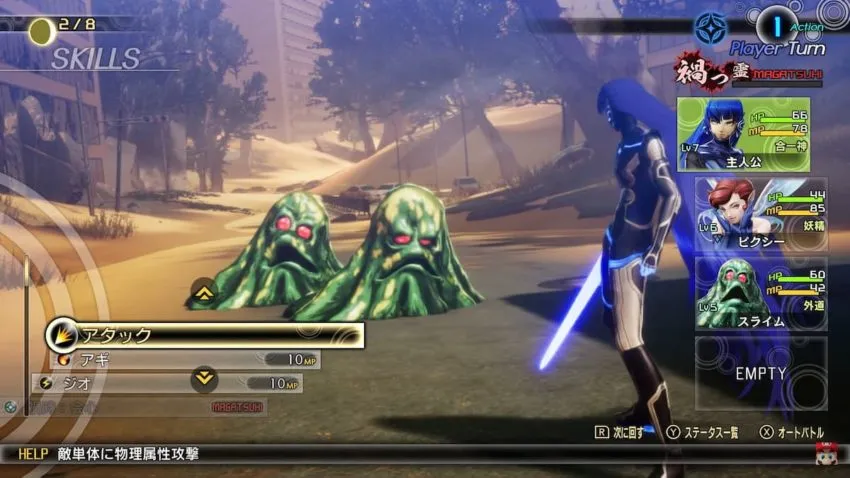
While the core mechanics of the battle system (first introduced in Shin Megami Tensei III: Nocturne) are still there, some interesting changes will alter the balance and flow. As seen in the screenshot above, the first major visual change shows a completely overhauled battle UI. It closely resembles the UI in Tokyo Mirage Session, a spin-off collaboration title between Nintendo and Atlus.
In the top right corner of the battle screen, there’s a gauge labeled Magatsuhi. In Nocturne, Magatsuhi was a source of energy born from powerful emotions, which essentially powered everything in the Vortex World. It seems there might be some correlation between its role in Nocturne and the gauge in V, in that it lends the protagonist power when completely filled.
Looking at the same screenshot on the bottom left corner, we can see that there’s a greyed-out skill labeled Magatsuhi. It most likely becomes usable once the corresponding gauge is filled. In the bottom right corner of the post-battle results menu (in the screenshot below), Magatsuhi skills are listed as a separate category, possibly meaning that these skills are learned naturally and become usable in battle.
Skill inheritance, elements, and spells
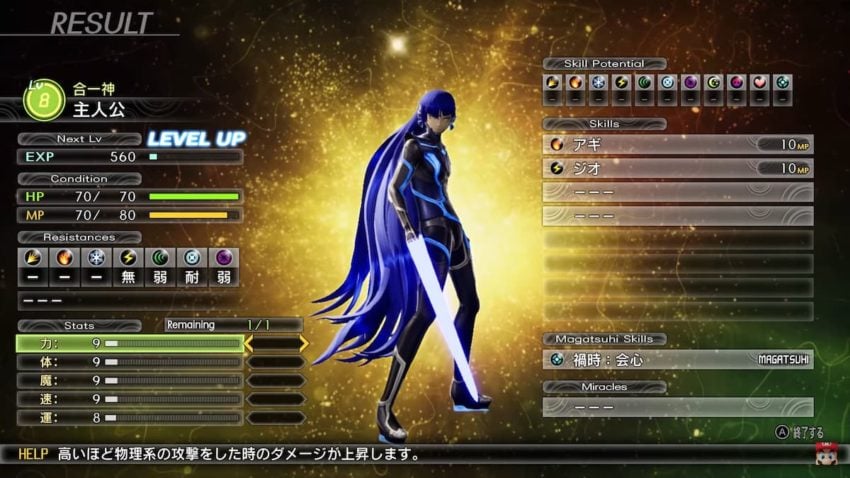
Previous Shin Megami Tensei titles have had their own skill inheritance systems, such as Nocturne’s Magatama system and the Whisper system in IV. Though this title’s unique system hasn’t been named or revealed, there is a clue that can be seen in the below screenshot. There’s a category called “Skill Potential,” which might be related to skill inheritance.
The elements available in this title have also been revealed. There’s physical, fire, ice, lightning, wind, light (possibly bless or expel), dark, almighty, death, healing, and the last one shares the same icon as the previously discussed Magatsuhi skills. There’s no gun skills, which weren’t in Nocturne, Persona 3, or 4, but have been in plenty other mainline and spin-off games.
Another change is how to buffs and debuffs, spells that increase the stats of allies and decrease enemy stats, work. When you used buffs in both Nocturne and IV, it applied to all party members and was a permanent effect, unless an enemy used a skill to strip it away. But, according to the Rakukaja spell’s (increases an ally’s defense) flavor text in the screenshot below, buffs last for three turns, a similar mechanic found in Persona 4 and 5.
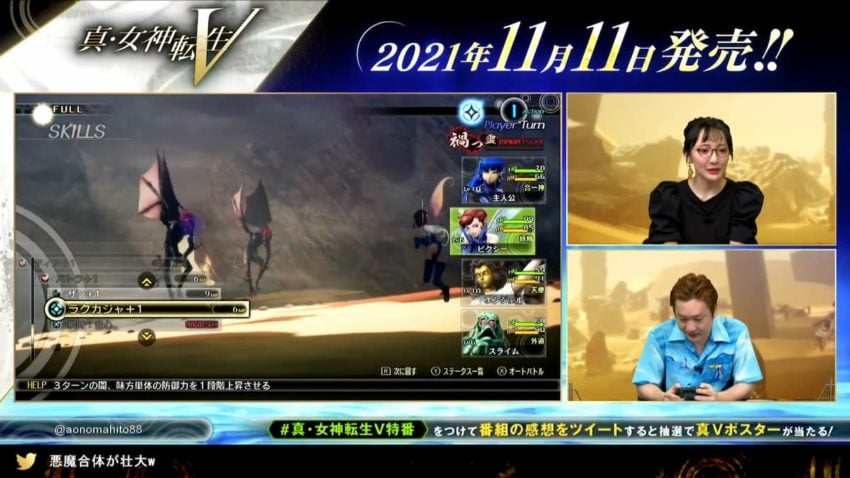
According to that same flavor text and gameplay footage, said buff only targets a single ally at a time. However, it does look like buffs can be stacked to increase their effectiveness, just as in Nocturne and IV. And more advanced buff spells may target the whole party, denoted by a “Ma” before the spell name (Rakukaja would become Marakukaja, for instance), a property introduced in Persona 3, 4, and 5.
Fusion and demon designs

Gone seems to be Mido, the demon fusion master of the Cathedral of Shadows, and in his place is a woman named Sophia. Not much is known about her now, but she gives off a much different feel from him and other masters. Fusion itself now involves the protagonist, another interesting change. As we can see below, he plays an organ to activate and facilitate the fusion process.
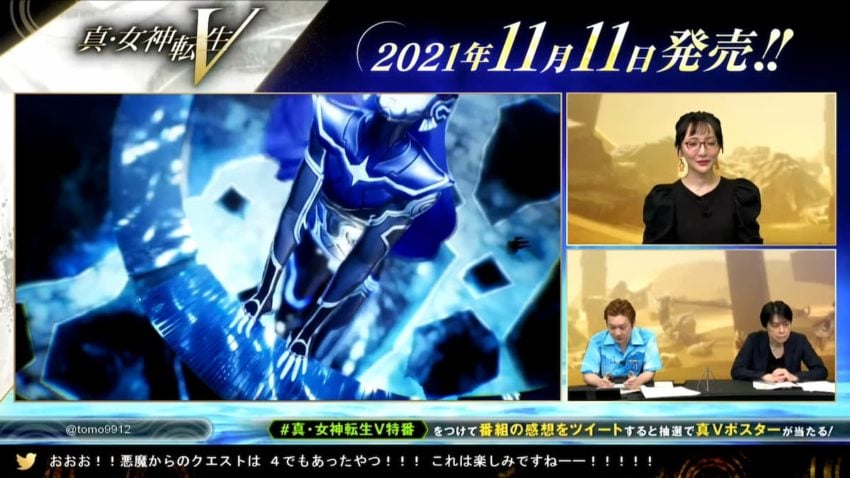
After the fusion is complete, we see the result is a redesigned Angel (pictured below), based more on her Shin Megami Tensei II design rather than her later two designs that have been used in most entries in the main and spin-off titles.
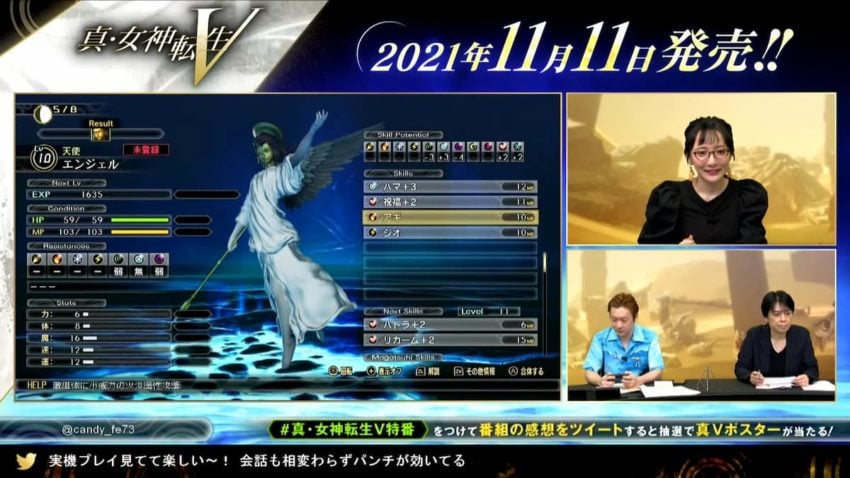
There’s also another new demon, mostly likely the mythical hunter-warrior from Irish mythology, Fionn mac Cumhaill. The hint that this demon is Cumhaill would be the name of the skill said demon uses, Mac an Luin, which is also the name of his sword in legend.
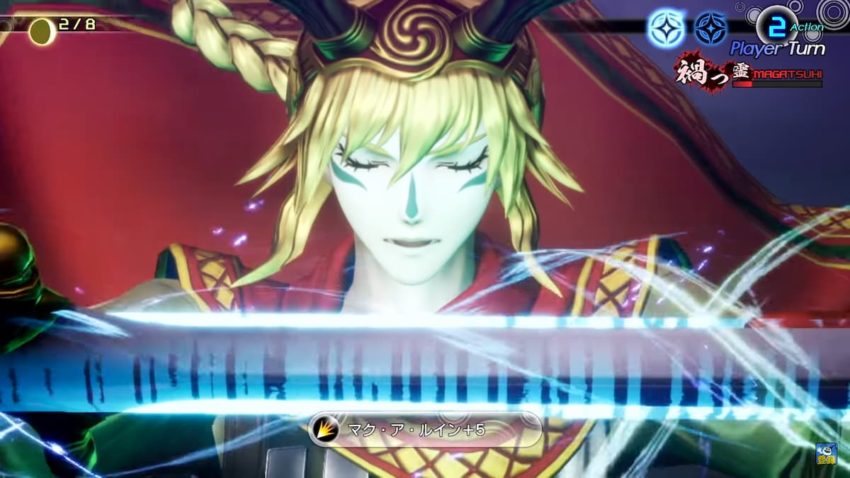

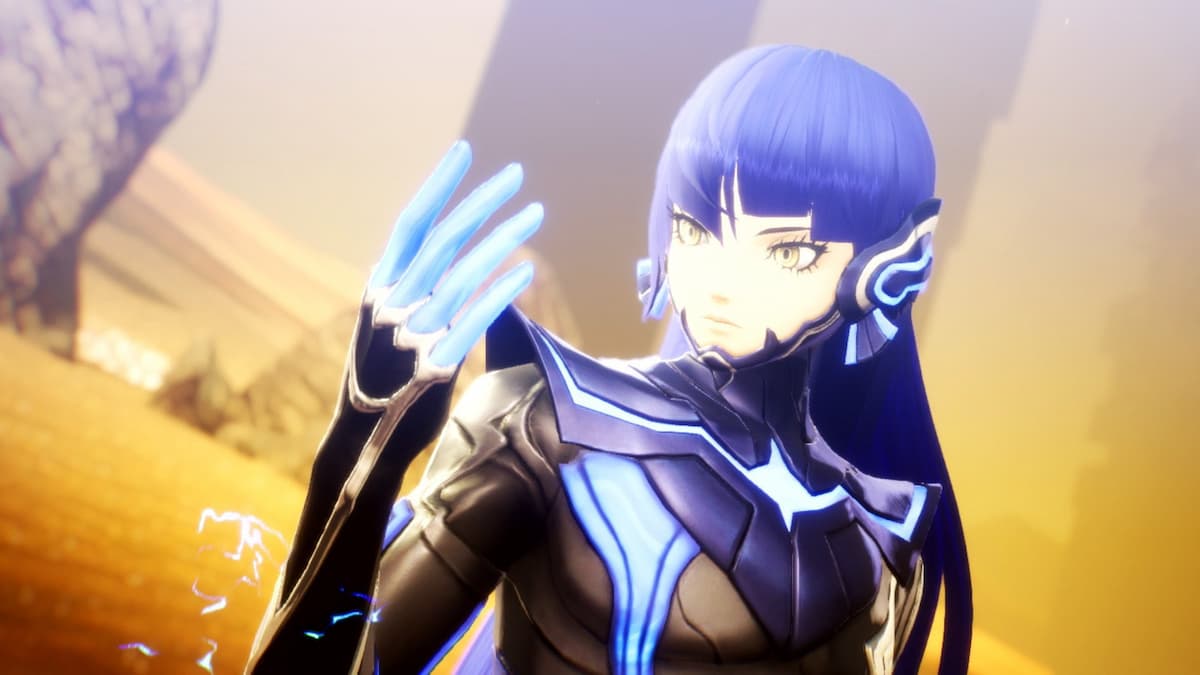
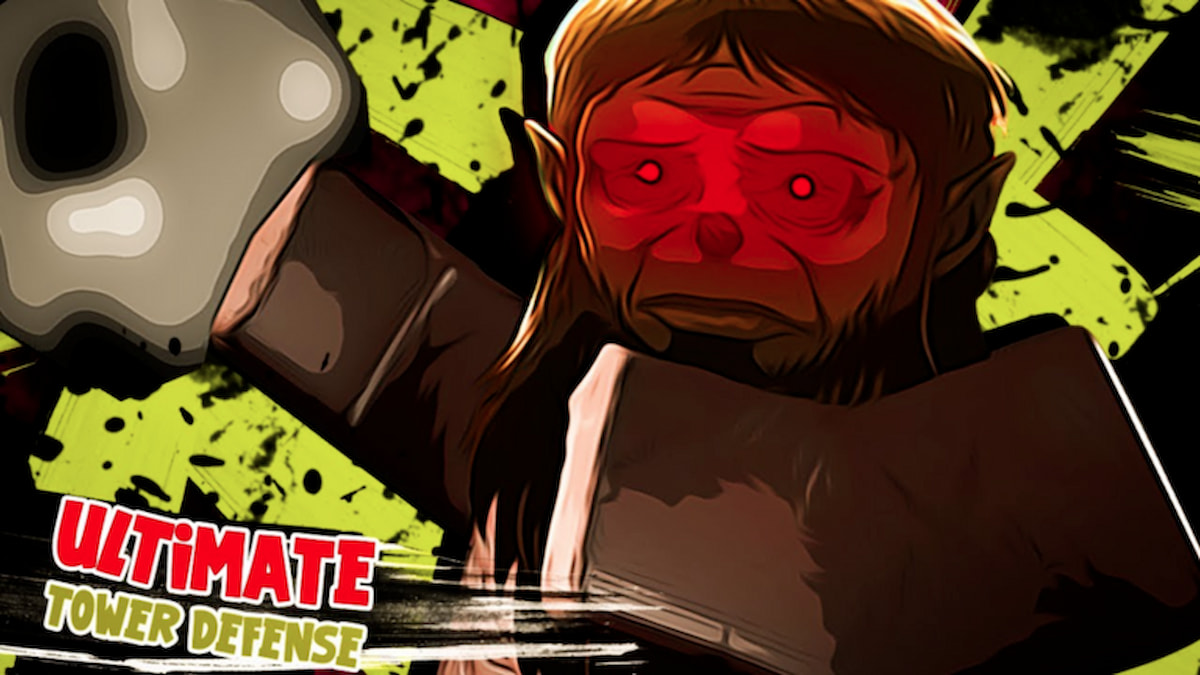



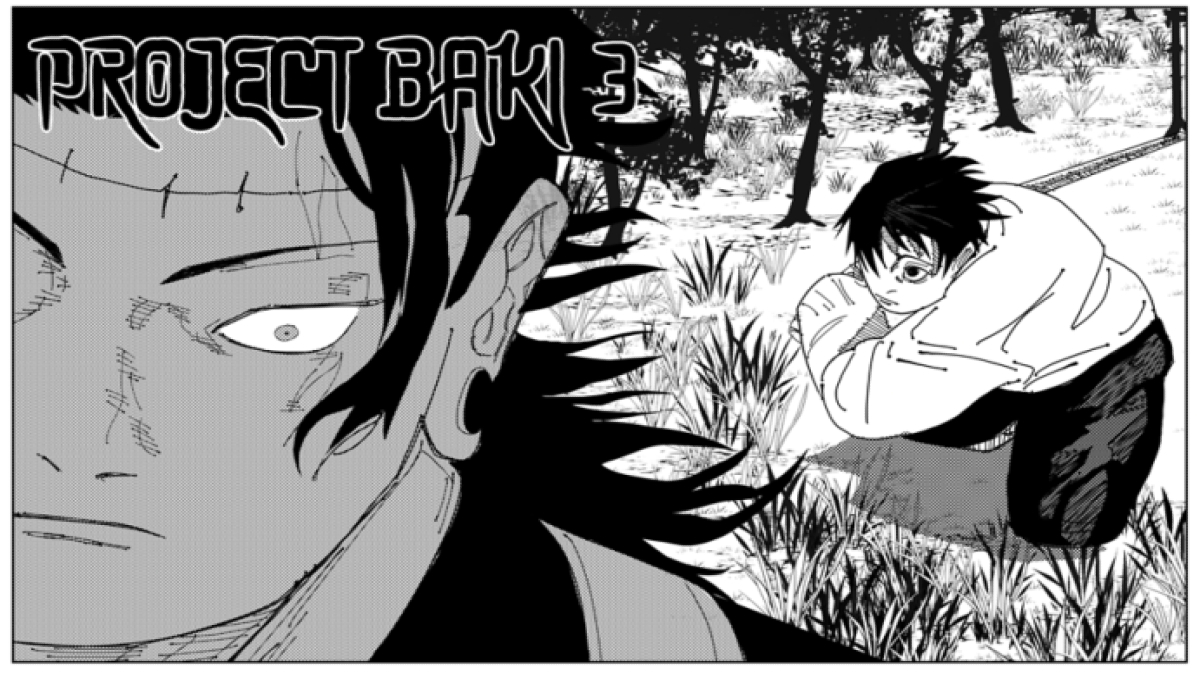
Published: Jun 16, 2021 08:06 pm